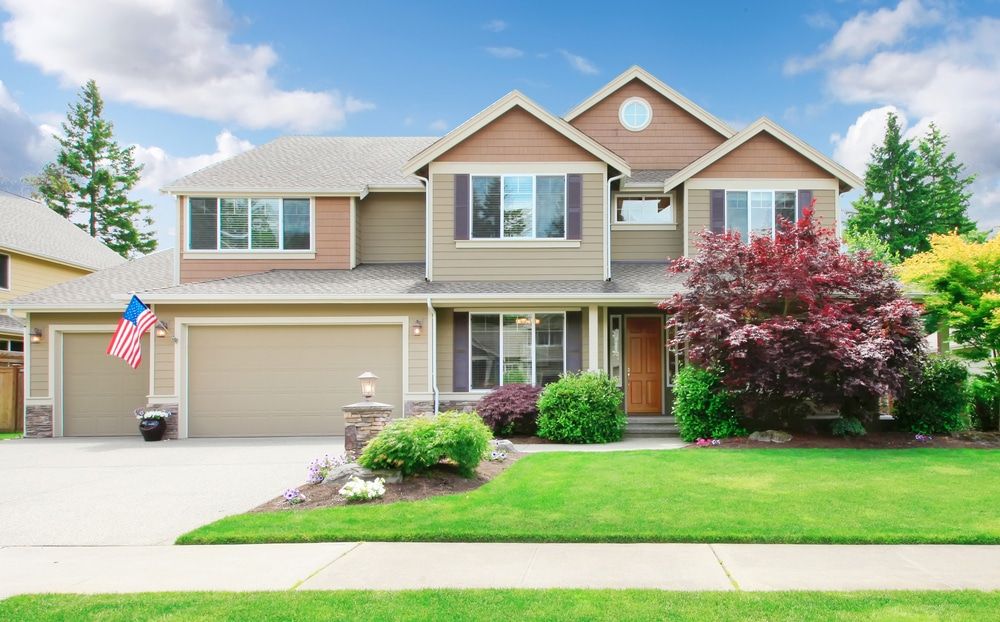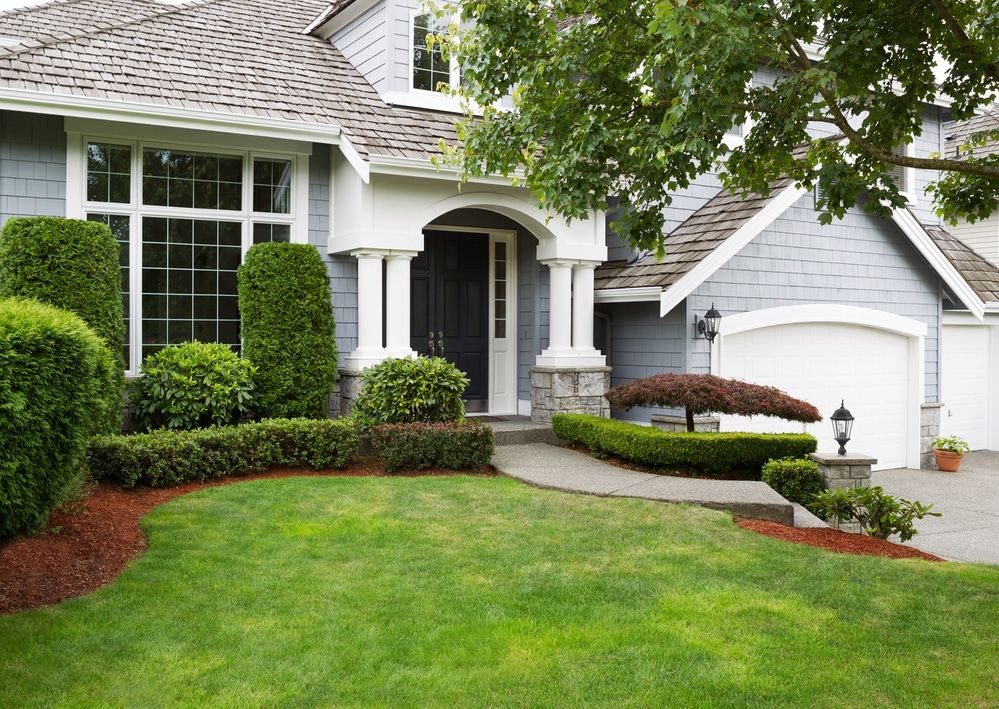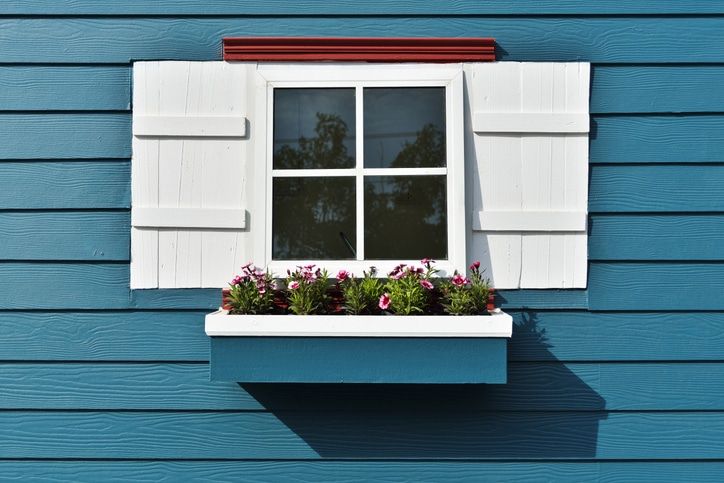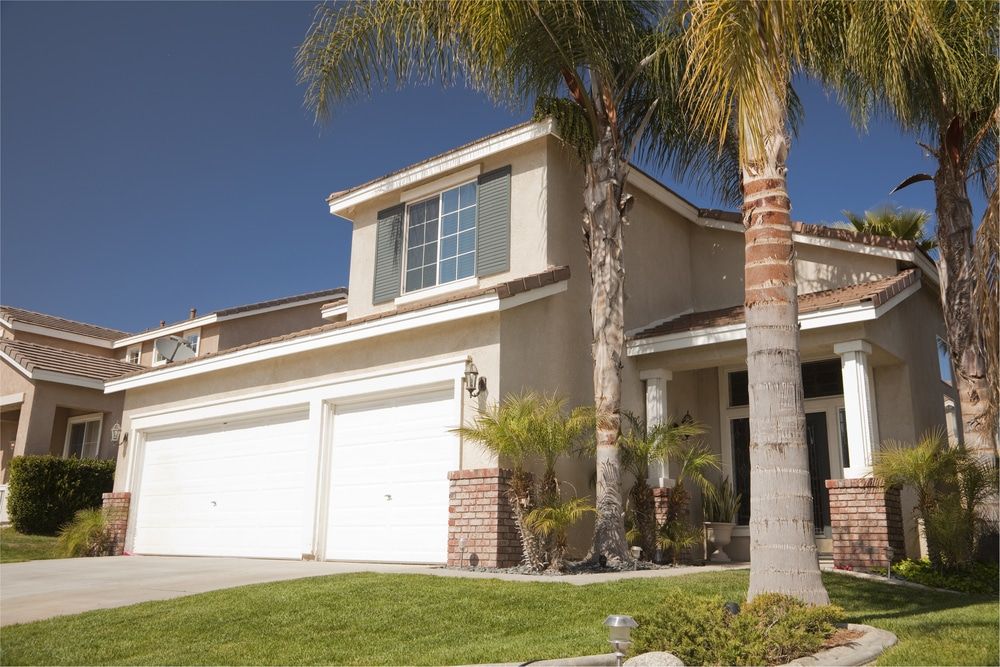Transforming Your Interior Space: Ideas for Accent Walls in Orlando Homes
Accent walls can breathe new life into your home, transforming boring and unattractive rooms into captivating spaces. These walls can add depth, texture, and personality to interiors without a full renovation. From bold colors to unique textures, accent walls are endless possibilities for you to express yourself and create visual interest with the help of our house painting professionals.
Choosing the Perfect Wall
Analyzing Room Layout
Consider the room shape and size when choosing your accent wall. In rectangular rooms, the shorter wall is best as it creates depth and balance. In square rooms, choose the wall that catches your eye when you walk in.
Avoid walls with too many doors or windows. These break up the visual flow and limit design options. Instead, choose a wall with minimal obstructions.
You should also consider furniture placement. The accent wall should complement and not clash with the existing decor. It’s often effective behind a bed, sofa, or dining table.
Natural Light
Light plays a big role in how an accent wall looks. South-facing walls get the most consistent light throughout the day, making it great for showcasing textures or patterns.
North-facing walls get cooler, softer light so they work well with darker colors or bold designs. East and west-facing walls get changing light conditions. This can create interesting shadow effects on textured surfaces.
Assessing Wall Conditions
Examine the wall’s current state before starting any project. Smooth, flat surfaces are easiest to work with for most accent wall ideas. Repair any cracks, holes, or uneven areas first.
Check for moisture issues, especially in bathrooms or basements. These may require special treatments or materials. Some textured walls might need to be smoothed out, depending on the planned design.
Current Trends and Styles
Bold Patterns
Geometric shapes are making quite the statement in Orlando homes. Using painter’s tape to outline shapes like hexagons, chevrons, and herringbone patterns can add visual interest and modernity to your home.
Ombre Effect
Painters can create a unique ombre effect by blending one color into another skillfully, developing a gradient effect. You can either use different shades of the same color or experiment with contrasting colors if you favor a more dramatic effect.
Two-Toned
A two-toned accent wall can create a distinctive feature in your room. With two-toned accent walls, you can divide the wall into two sections either horizontally or vertically. Each section will be painted a different color, adding depth and making your ceilings look higher.
Metallic Effect
For homeowners who want to create a dramatic and glamorous accent wall, metallic paint is the way to go. You can either paint the whole wall in a metallic color like gold or bronze, or create patterns that feature metallic details.
Textured Finishes
Paint doesn’t have to be flat and boring. Painters can use textured paint techniques like sponging and stippling to create a textured finish on your wall. Whether you want a look that’s subtle and refined, or bold and dramatic, textured paint techniques can really transform your space.
Transform Your Space and Elevate Your Home With a Stunning Accent Wall
You don’t have to commit to a full renovation just to refresh your home and give it a makeover. Accent walls are an easy and effective way to transform your home. With various options available today, accent walls are not just about painting a vibrant color on one wall. There are so many ways to create an accent wall, from textured finishes to bold patterns. Call us today and let us help you create the perfect accent wall for your home!



